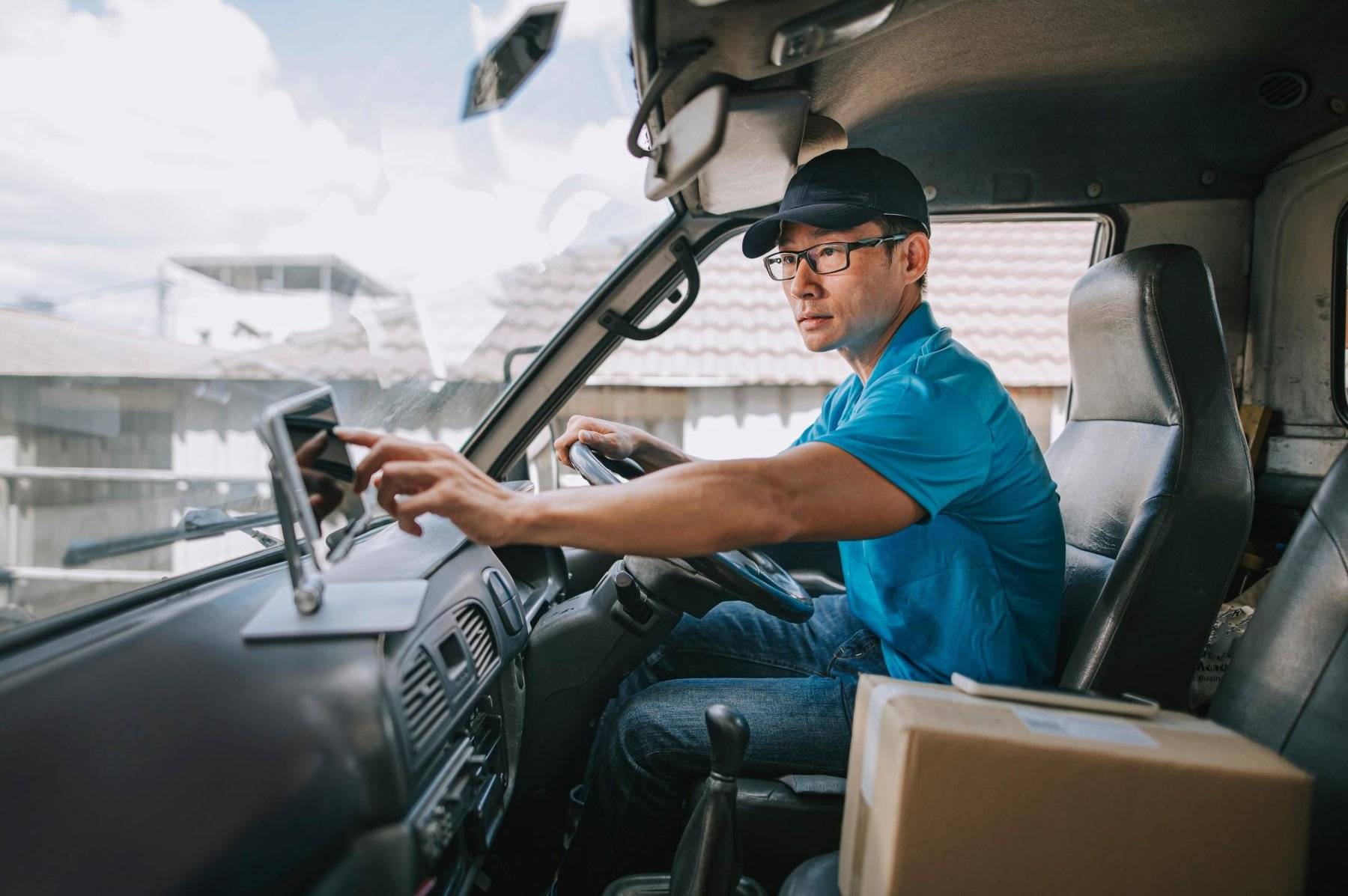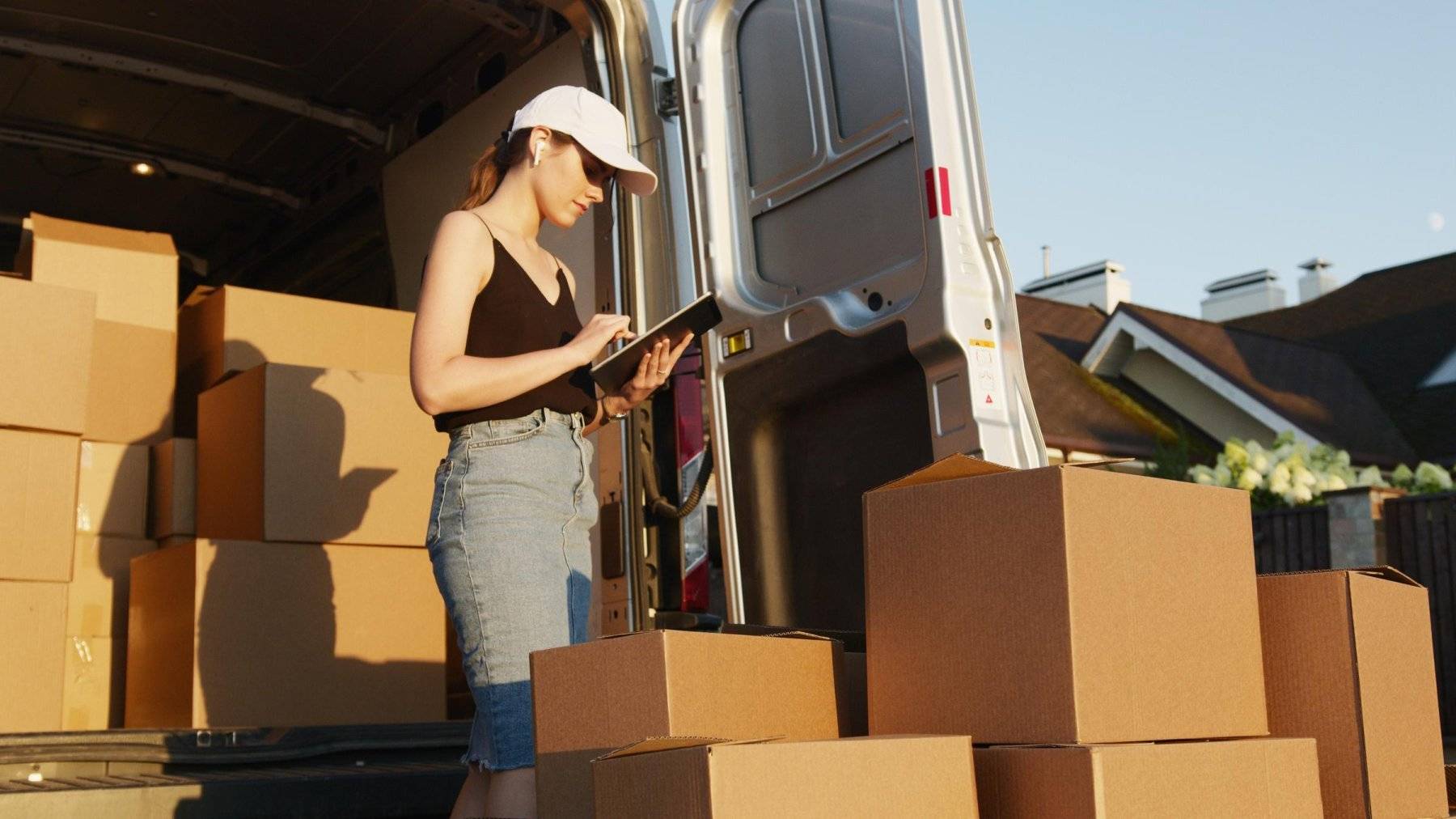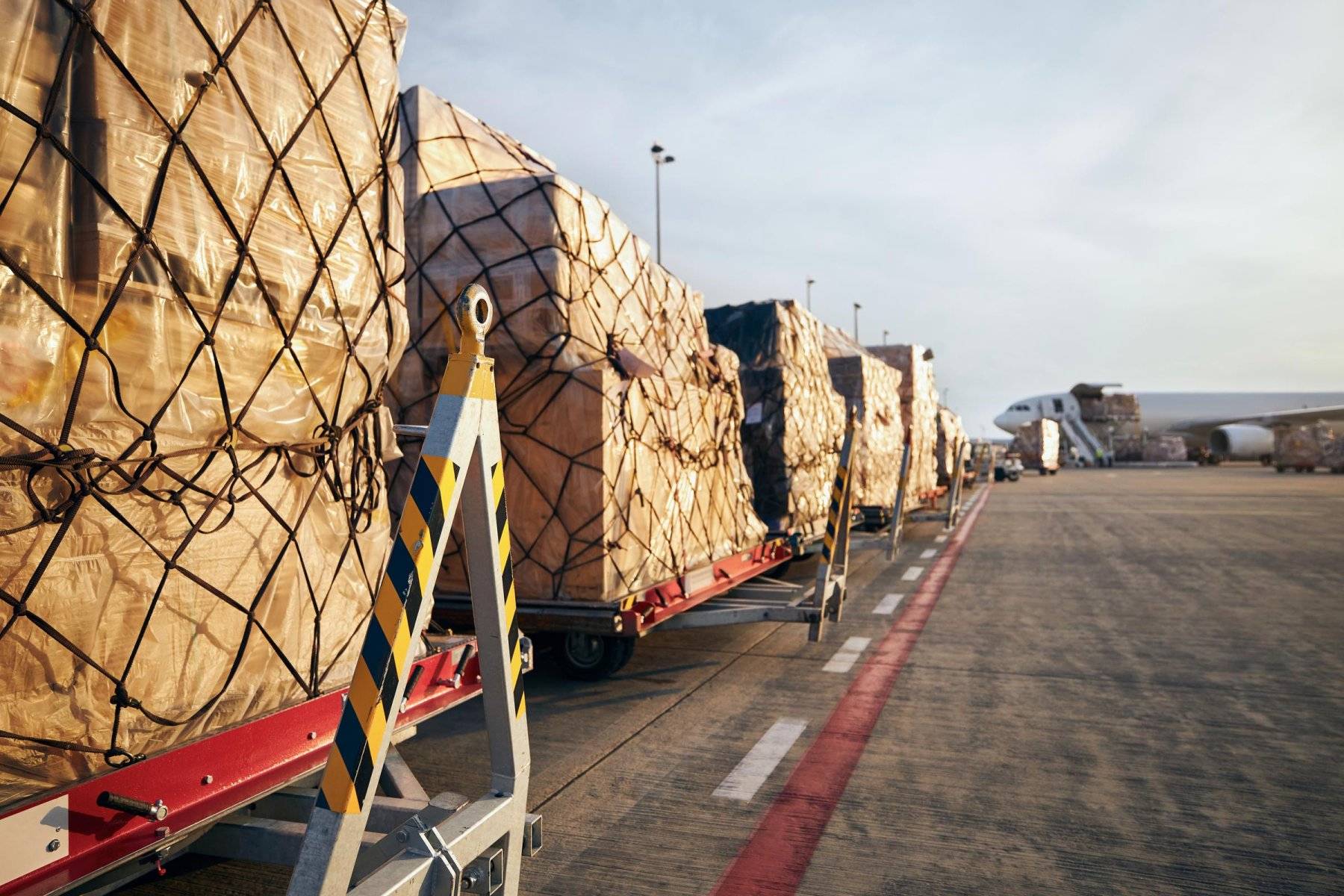Ever placed an online order and eagerly tracked its journey to your doorstep?
In the world of logistics and supply chain management, the journey of a shipment is often divided into several distinct stages.
The most important and the source of customer excitement is the 'last mile delivery'—the final stretch when their long-anticipated package has nearly reached its destination.
This journey milestone is comparable to the frantic start and final minutes of a tense race.
Businesses understand the significance of this milestone too, as they have the potential to either make or break customer satisfaction. A successful delivery leads to a satisfied customer who's likely to return for more. This article will explain the pros and cons of last mile delivery and suggest strategies and tools that lead to success.

Understanding Last-Mile Delivery
Last-mile delivery is the final leg of a product's journey, from the transportation hub to its end destination. It is often seen as one of the most crucial parts of logistics due to its direct impact on customer satisfaction.
McKinsey research suggests that 50% of consumers are willing to pay more for same-day or instant delivery. This underlines how important this element has become in our age of immediate gratification.
The complexity and cost associated with this process can be high, especially in dense urban areas where traffic congestion and limited parking create hurdles. But if executed well, it helps companies gain an edge over competitors by delivering a superior customer experience.
The Challenges
Although it may appear straightforward, this stage of the supply chain journey presents its own unique set of challenges.
At this end of the journey, the complexities and costs associated with the ultimate step in getting a product to its recipient's doorstep can account for up to 53% of total shipping expenses, as reported by Capgemini.
Capgemini research reports that this stage can account for up to 53% of total shipping costs due to individual package deliveries driving up fuel and labor expenses and also accounting for 41% of the overall supply chain costs.
Delivering packages individually tends to significantly increase fuel and labor expenses. Moreover, tight urban spaces may complicate navigation, while traffic congestion amplifies time delays.
Customer expectations add more pressure too. In today’s fast-paced world, where Amazon Prime offers two-day deliveries as standard service, customers are not willing to wait long or pay extra for their orders.
Technological Innovations
Technology has reshaped the landscape, making it more efficient and customer-centric. These advancements have also paved the way for more efficient, agile, and responsive delivery strategies.
One of the most notable changes is the introduction of real-time visibility tools. GPS tracking and Internet of Things (IoT) devices have become invaluable assets.
Drone deliveries, once a concept limited to science fiction, are now becoming an exciting reality. Companies like Amazon Prime Air are pioneering this space.
Data integration is another key aspect. By centralizing data from multiple sources, businesses gain insights into potential bottlenecks and inefficiencies in their first-mile logistics. This comprehensive view enables better planning, coordination, and optimization of the entire process.
Furthermore, the adoption of digital documentation has eliminated the burden of paperwork. It not only accelerates the first-mile process but also enhances accuracy, reducing the chances of errors that could lead to delays or other issues.
On another front, AI-powered route optimization software is helping drivers navigate busy city streets with ease. These smart tools not only save time but also fuel—a win-win for businesses and the environment.
In addition to these innovations, the use of digital lockers has also gained popularity as they let customers pick up their packages at their convenience while reducing failed delivery attempts.
Sustainable Practices
As businesses become more conscious of their environmental impact, sustainable practices are being incorporated into last-mile delivery:
1. Route Optimization: Route optimization tools help reduce fuel consumption and emissions by finding the most efficient delivery routes.
2. Eco-friendly Vehicle Options: Utilizing carriers and logistics providers that use eco-friendly vehicles, such as electric or hybrid trucks, for last-mile deliveries.
3. Real-time Tracking: Real-time tracking of shipments allows for better coordination and scheduling of deliveries, reducing unnecessary trips and emissions.
4. Consolidation Services: Using consolidation services, where multiple shipments are combined into one, helps to reduce the number of delivery vehicles on the road.
5. Delivery Window Management: Customers can manage delivery windows efficiently, ensuring that deliveries are made during optimal times to reduce congestion and idling.
6. Smart Packaging: There are many sustainable and eco-friendly packaging materials on the market now, reducing waste in the last-mile delivery process.
Success in the Market
Amazon's last mile delivery is a trailblazer in the logistics industry. Their innovative use of Amazon Flex, where independent drivers deliver packages, has cut costs and improved efficiency.
In China, JD.com stands out by leveraging drones to make rural deliveries more accessible. The company even developed its own drone technology, pushing the boundaries of what is possible.
Future Trends
Just like all industries, the supply chain and logistics sectors are evolving at a fast pace. McKinsey reports that autonomous vehicles could deliver 80% of all items in the future, bringing significant efficiency gains.
Drones are another trend to watch out for. Companies like Amazon have already started testing this technology. It is not just about speed; drones can also reach remote areas more easily than traditional delivery methods.
But it does not stop there. The rise of digital lockers offers an interesting solution for secure package storage and retrieval, adding convenience and flexibility to customers' lives.
Last but certainly not least, data analytics will play a bigger role in improving route optimization and predicting customer behavior—making sure packages get where they need to be when they are expected.

Strategies to Improve Last-Mile Delivery
The last mile is crucial. It is like the final lap of a race, but in this case, it can make or break customer satisfaction. So how do you optimize it? Let us explore.
Embrace Technology: Technologies like route optimization software and real-time tracking tools are changing the game. They are like your trusty GPS when you are lost on a road trip; they guide you through traffic snarls and lead to more efficient routes.
McKinsey reports that businesses that use digital solutions have reduced their costs by up to 25%.
Incorporate Sustainability: Green practices are not simply good for Mother Earth—they also give companies an edge with eco-conscious consumers. Think hybrid vehicles: lower emissions and better fuel efficiency mean less money spent on fuel.
Conclusion
The first- and last-mile delivery market is expected to reach US$288 billion by 2031. Demand also changes depending on the region, size of the population, the requirement for different raw materials, goods, or products, the availability of 3PLs, and the appetite for online shopping.
To remain competitive, businesses must stay agile, embracing advances in technology and sustainability in their operations. Not just nice-to-haves but the essential tools in today’s market.
Choosing dependable partners for all the nodes in your supply chain and logistics management is easy with the expertise of the team at SeaRates.
FAQs in Relation to Last-Mile Delivery
What is meant by last-mile delivery?
Last-mile delivery usually involves labeling and transporting individualized goods, or SKUs (stock-keeping units), to the final destination.
How many miles are in last-mile delivery?
"Last mile" does not refer to an actual distance. It is the final leg of product shipping, however long that may be.
What are the steps in last-mile delivery?
The last-mile process includes sorting at a depot, dispatching to couriers, and tracking until it reaches its end location, typically your front door.

